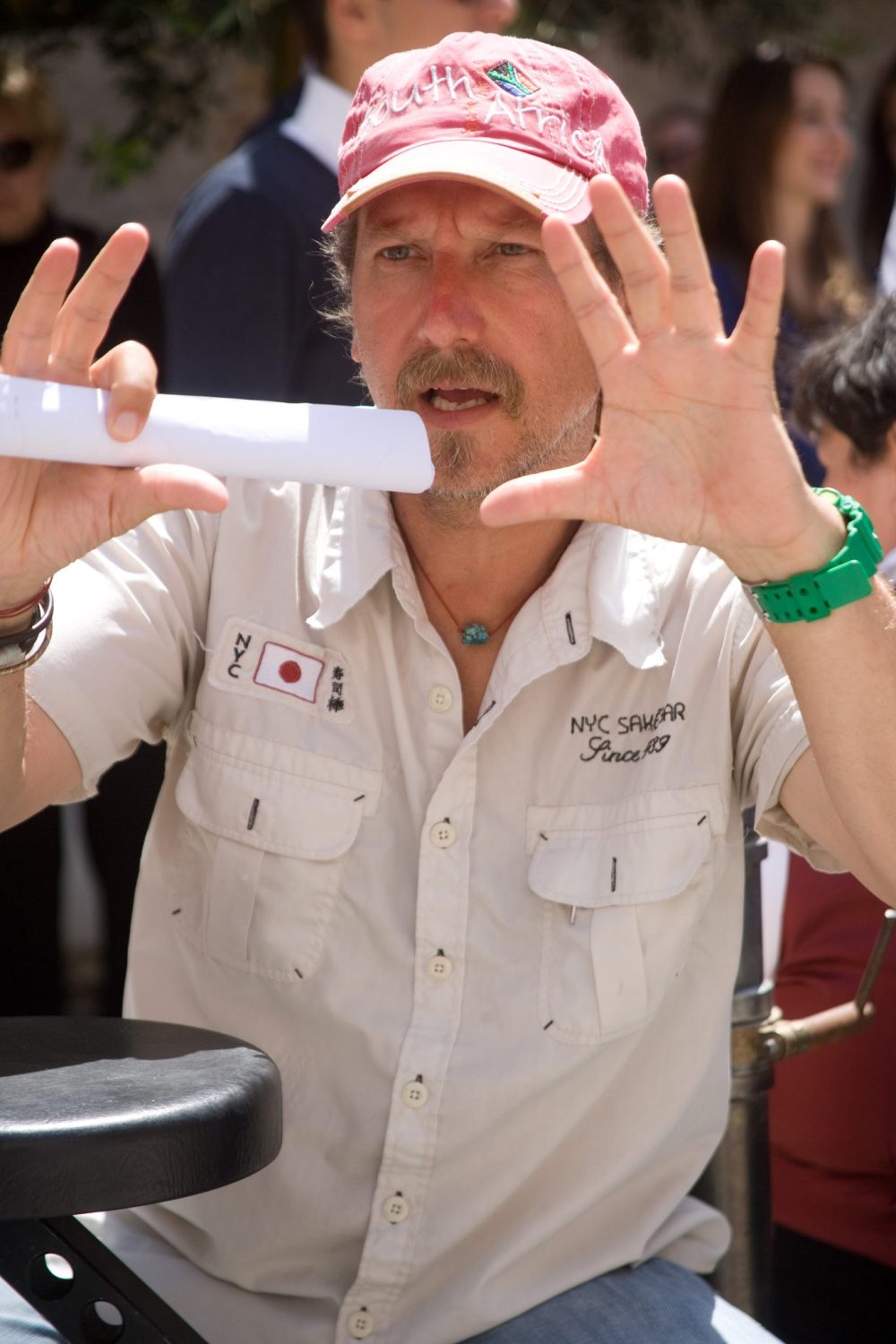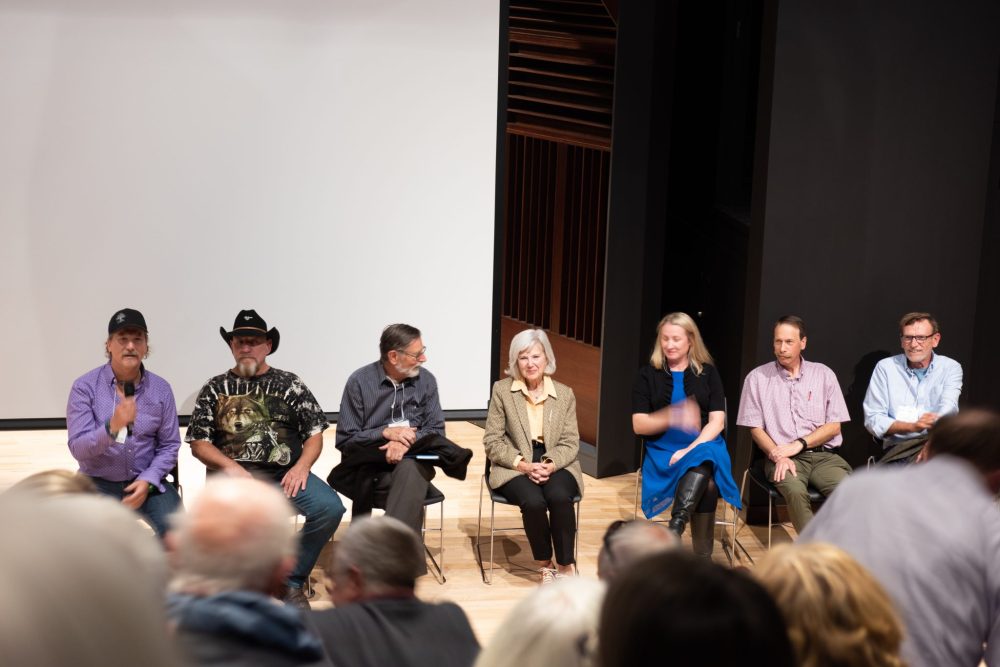Film on Mennonite landing premieres in Winnipeg
Advertisement
The year is 1924 and a Mennonite woman is walking across the hard packed snow of Southeast Manitoba. It is cold as the naked cottonwoods leave their inky shadows on the snow. The woman’s breath hangs in the air as she makes her way to the warmth of a house barn.
When she enters the main living quarters she is met by a group of young Mennonite women making a quilt. She sits down and begins to tell them the tale of how 50 years earlier, their families came over from Imperial Russia and the journey they endured. With each story a new patch representing that tale is sewn into place by the women. This is the opening of the documentary Where the Cottonwoods Grow.
“It’s quite complex. There’s a lot of information. I learned so much doing this documentary but it’s actually quite riveting,” said filmmaker Dale Hildebrand, who co-wrote the script for the documentary with Eleanor Chornoboy. “The title is Where the Cottonwoods Grow and it’s all about planting seeds and you are what you sow metaphorically as a farmer and metaphorically as quilting a quilt.”

Hildebrand is from the village of Halbstadt, near Altona. He was raised Mennonite and said his wife had always wanted him to do a film about the Mennonites. When his sister told him it was the 150th anniversary of the Mennonites landing in Manitoba, he knew he had to do something to mark the occasion.
It took him two years to complete the documentary.
“The documentary focuses on the migration of 1874 and that was our premise,” said Hildebrand. “And we wanted to focus on the journey, but as I did it, I wanted this documentary to not just be for the Mennonites in Southern Manitoba or the United States or Anabaptists, I wanted it for everybody.”
The movie starts off with a brief history of the Mennonites in Switzerland and their migration to the Netherlands, Poland, and the Ukraine. It also touches on their persecution and need to have freedom of religion, exemption from military service, and land to cultivate.
In 1873, a delegation of 12 Mennonite men went to the United Sates and Manitoba to see where villages can be established. Some within the delegation felt the United Sates would be a perfect fit while the more Conservative members felt Manitoba was the perfect place to live.
It cost $60 to make the trip to Manitoba from the Ukraine with 7,000 Mennonites travelling 22,000 miles through perilous conditions by train, steamboat, and ox cart to make it to their final destination. Conditions were cramped with disease running rampant through the crowds. A lot of people died, including many children. The stories told in the documentary come from journals of the travelling Mennonites.
“Even though we have a lot of journals from men we do also have journals from women. I wanted to give it a female’s perspective as well,” said Hildebrand.
There was a screening of the documentary on Oct. 4 at the University of Winnipeg during a conference on the Mennonites. After the screening, there was a question and answer period where one viewer was astonished by the risk the Mennonites took in coming to Canada. Altonian Linda Neufeld, said watching the movie brought back a lot of memories of growing up on a farm and having a big family. She said she was amazed by the determination of the Mennonites.
“It must have been absolutely tough for them to cross the ocean with so many obstacles and not knowing where you’re going and what’s at the end of it,” she said. “They were very determined people and hardworking. They made things work.”

One of the historians interviewed for the documentary was Manitoba Mennonite Historical Society (MMHS) chair and Mennonite Heritage Archives archivist Conrad Stoesz. He said the MMHS was involved with the production because it furthered the organization’s mission to tell the Mennonite story in Manitoba and it opened doors for Hildebrand.
“I think so often in our books we say, ‘They just came to Canada,’ and we carry on. And a few times we do have examples of diaries where they give a day-by-day of what was happening but Dale was able to put that together in a visual way and it hits you in a different way,” said Stoesz.
Hildebrand used CGI to create three different geographical areas in his film: the grasslands of Russia and Manitoba, the trip over the ocean by steamship, and sailing down the Red and Rat Rivers.
“I think people will have to watch this documentary five different times just to absorb half of it. It’s information heavy at the same time it’s information that people from all walks of life can access and absorb. It’s inclusive and it also represents the immigrants journey no matter what nationality you come from,” he said.
Where the Cottonwoods Grow will show in Steinbach in early December.
